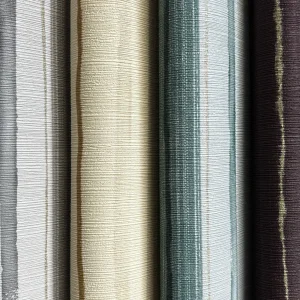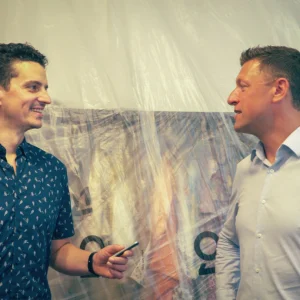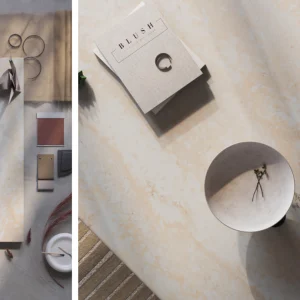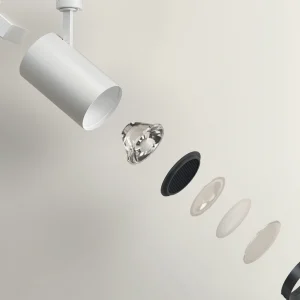The design of the building is led by Group 70 International. The facility spans 30,000 square feet and houses an advanced research lab and support areas to facilitate study of ocean microbes.
The design of the lab offers optimum natural light penetration in 78% of its areas, thereby reaping energy cost cuts. The artificial lighting fixtures are controlled by occupancy sensors and light sensors which help decrease light levels as per the availability of natural light. The facility also imbibes a solar hot water heat recovery system which further reduces energy consumption by 52.2% as against a standard lab of similar dimensions and usage. The energy-efficient measures lead to annual energy savings of 31.4%.
The facility consists of a 2400 square feet green roof featuring several native and adapted plants. The roof helps cut down storm water runoff and temperature of the building. It also raises elimination of carbon dioxide while offering an eco-habitat for insects and birds. The landscape of the facility comprises dry stream beds with river rocks instead of turf grass, and native plants having a capacity to resist droughts. The landscape also includes a drip irrigation system featuring rain-sensing irrigation controls to cut down water needs. The landscape design brings a fall of 65% in irrigation needs over typical turf (grass) landscape.
The building has been equipped with ultra low-flow toilets, automated faucets and waterless fixtures which reduce potable water consumption by 48% over a similar-sized traditional structure. Presence of an underground storm water chamber detention system adds to the sustainability by diverting 25,000 gallons of water from city storm drains.





